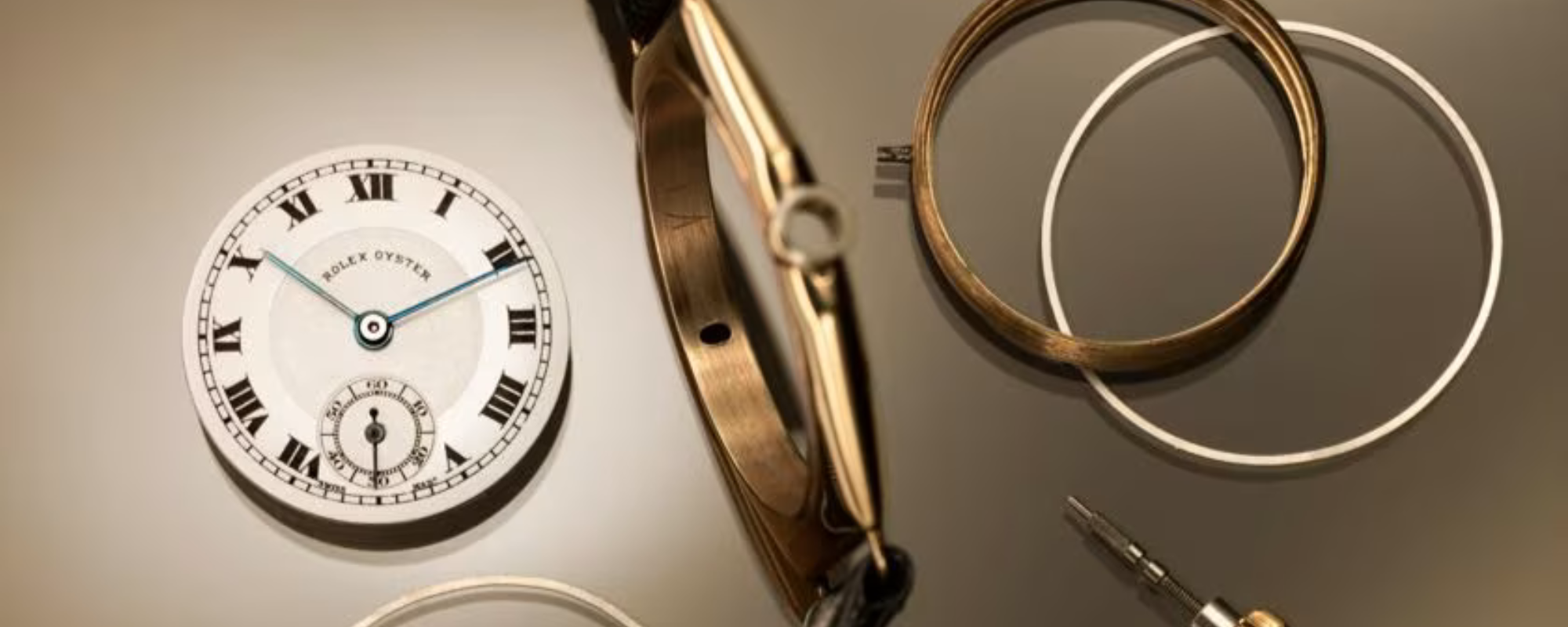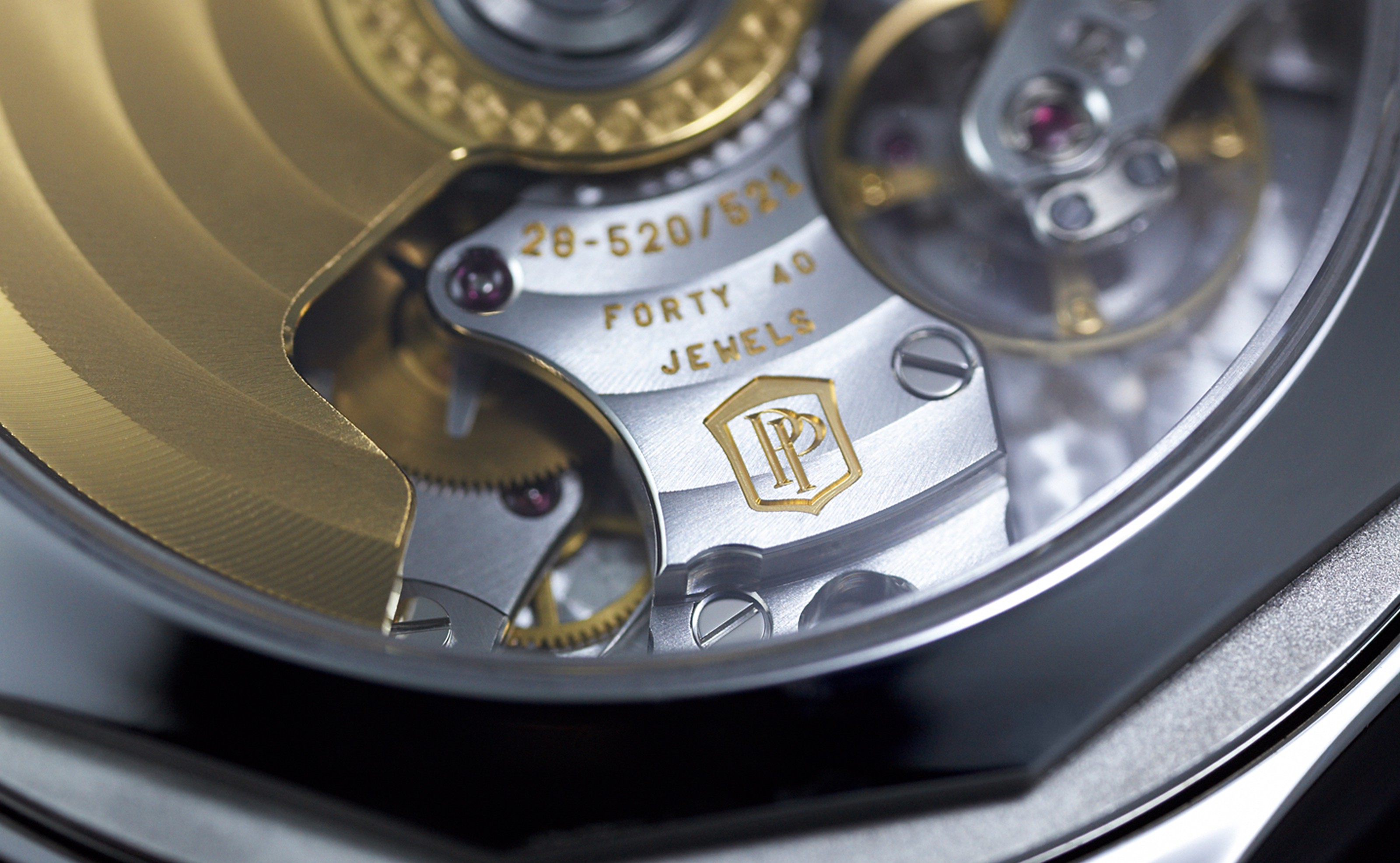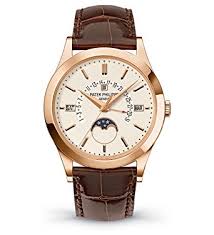For many thousands of years, humanity has learned to determine time more accurately by observing the rotation of our planet. In fact, this method of calculating time periods has proven not to be entirely precise, since the Earth has gradually slowed down its rotation over the centuries and has begun to do so irregularly. In the quest for ultimate accuracy, scientists discovered a way of measuring time using the natural oscillations that occur within atoms and molecules. Watches based on this principle, logically called atomic watches, have an error margin of only one second in 100 million years. Such chronometers are vital in navigation - especially in space - as well as in satellite and terrestrial telecommunications, mobile communication, payment systems during financial transactions, synchronization of components of the World Wide Web (the Internet), and more🌍📡
How Atomic Clocks Work ⚙️🔬
Let us explain this process in simple words. Any clock uses two basic elements:
a mechanism that oscillates with a constant rhythm;
a device that counts these rhythms and displays the current time.
For centuries, the oscillations - or rhythms - were generated by objects created by master watchmakers. These could be the swinging motion of a pendulum in old grandfather clocks, or a miniature quartz-stabilized generator in electronic wristwatches, producing control impulses of a specific frequency. However, it is practically impossible to create ideal parameters for pendulums or quartz crystals that remain unaffected by external influences. Therefore, man-made watches cannot be perfectly synchronized with each other and cannot be considered absolutely ultra-precise.
Until recently, mechanical or quartz watches were sufficient for people. Yet the very concept of time accuracy changed once scientists delved deeper into atomic structures, and the demand for precision in time indication increased dramatically. Let us recall the modern definition of the second, in which the International System of Units (SI) links “one second” to “the electromagnetic radiation emitted during the transition of a cesium-133 atom between two hyperfine levels of its ground state.” That sounds extremely scientific, even though we wanted to keep it simple.
A key clarification: the cesium isotope is stable, does not undergo radioactive decay, is commonly found in nature, and is completely safe for humans. At the same time, it must remain in an almost complete state of rest, which is achieved by cooling it nearly to absolute zero: minus 273.15 °C❄️
Main components of an atomic clock:
a quantum discriminator - a device comparing the frequency of the electronic generator with the frequency of the atoms’ natural oscillations;
a quartz generator, which still depends on the precision of quartz crystal manufacture, meaning its stability is far lower than that of atomic-level oscillations;
a sensitive electronic system that controls the entire mechanism, records atomic transitions, and ensures timekeeping accuracy.
Several types of atomic clocks exist, differing by their internal structure: cesium, rubidium, strontium, mercury, and hydrogen masers.
Advantages of atomic clocks over traditional mechanical and quartz watches:
Accuracy. Oscillations - or “ticks” - occur more frequently than in conventional watches, raising precision.
Stability. These “ticks” are not influenced by temperature, pressure, gravity, external fields, or other environmental factors.
Universality. These are the natural oscillation frequencies - constants for all atoms.
Of course, atomic watches also have drawbacks. When it comes to wrist atomic watches - or radio-controlled watches that synchronize with signals from actual atomic clocks located, for example, in the U.S. state of Colorado - accuracy can be affected by geographical and atmospheric limitations, distance, and inconsistent reception. Still, wireless digital watches receive time updates every 20 seconds. Most atomic watch models can operate worldwide by synchronizing with radio signals from different countries, such as the U.S. (WWVB), the U.K. (MSF), Germany (DCF77), and Japan (JJY)🌐
A Brief History 📜
The idea of creating an atomic clock first occurred to British physicist William Thomson back in 1879. However, the first real atomic clock was developed thanks to Isidor Rabi, Nobel Prize laureate and physics professor at Columbia University, who introduced it in 1945. The first atomic clock based on wave processes at the level of cesium-133 atoms was presented in 1958. Initially, it was an extremely complex engineering device designed for use in satellite navigation systems.
Why would such ultra-precise clocks be needed in wristwatch form? And yet, in 2013, the American company Bathys Hawaii produced a working prototype of such an accessory called Cesium 133. Its declared accuracy was a deviation of 1 second in a thousand years. Structurally, a tiny microchip contained a capsule with gaseous cesium, a laser, and photosensitive elements. The case was made of carbon fiber, and in addition to showing the exact time, the watch also displayed the date and lunar phases🌙
You may say such watches are not particularly necessary in everyday life. Still, these ultra-precise wristwatches are a true wonder of engineering—a fusion of horological artistry and science - that ensures their ongoing evolution. A vivid confirmation of this is the expansion of new professional horizons by the Swiss luxury watch company Rolex.
Rolex’s Atomic Prospects ⌚🚀
In May 2025, the world-renowned luxury watch brand Rolex announced the creation of a new company, Rolex Quantum SA, situated adjacent to the State Astronomical Observatory of Neuchâtel. Here lies the Swiss Center for Electronics and Microtechnology (CSEM) - the laboratory of atomic time - which, in collaboration with Rolex, has already developed a new system of reference atomic clocks. These accessories will be designed and manufactured separately from Rolex’s main product line.
Rolex’s atomic clock prototypes have already proven themselves and passed tests at the Swiss Federal Institute of Metrology (METAS). These are compact optical atomic clocks (48 mm) based on rubidium, functioning continuously around the clock. The results are astonishing: over a week, time deviation did not exceed 300 picoseconds (1 picosecond equals one trillionth of a second). Rolex has already used these prototypes as reference instruments for time measurement at its two manufacturing in Geneva and Biel.
The newly founded Rolex Quantum SA will focus on the development and sale of atomic clocks for telecommunications and global time measurement systems. Moreover, Rolex’s atomic watches will be useful for those working under extreme conditions: the military, rescue services, and medical professionals. In addition, watches based on these new physical principles are both stylish and practical—especially if you frequently cross time zones or value punctuality in all aspects of your life. Thus, atomic watches represent progress, future technologies, and the eternal human desire to understand the world in all its diversity🌌✨



